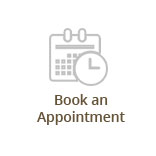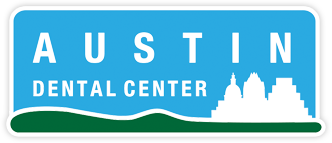Going to the dentist usually means having a cleaning and a checkup to ensure that you are in optimum oral health. Many of the common procedures are often covered by dental insurance, which is designed to function much like your regular health coverage. Unfortunately, that also means it can be just as confusing when you try to determine the limits of your coverage and any other applicable restrictions with which you may need to comply. But don’t worry, we’re going to help you clear up some of the confusion by offering up some easy to remember tips to get the most bang out of your dental insurance buck.
Understanding Your Deductible
Just like with your car or health insurance, your dental coverage will have a deductible attached. That is the amount of money you must pay first before your insurance starts to cover any dental expenses. But the important thing to keep in mind here is that your deductible is typically an annual cost that you need to pay before benefits kick in. So if your deductible is $500 but you only pay $388 for dental costs against your deductible for the year and then the next year starts, your deductible resets back to zero. You would then need to pay the full amount of the deductible on for that year before your benefits start. The good news is that many plans will consider preventive care exempt from your deductible. So getting a cleaning, an examination, even fillings for a cavity are all covered no matter how much you’ve paid out on your deductible. Be sure to check your coverage to find out what is covered outside of your deductible. It could save you a lot of money down the line.
Out of Pocket Costs
Dental insurance is there to help you cover your dental costs and many plans will come with a maximum out of pocket amount. That maximum limits how much you need to pay towards your care each year. Let’s say that number is $1,500, and that amount is typically applied to a deductible and any coinsurance costs that you are responsible to cover under your plan. But rest assured, once you’ve reached that limit your policy covers most everything else, as long as it’s included in your plan.
Coinsurance Costs
These costs are usually applied to certain items in your policy that are not fully covered on the plan. That means your insurance company is responsible for a portion of those expenses and you are expected to pay the remainder. If your plan has items such as these, the policy will tell you what percentage is covered and how much you need to pay on your own. Remember, this will typically apply to your out-of-pocket maximum. Knowing what these costs are before you walk into the dentist’s office can help you get the most out of your insurance and make it worth your premiums









